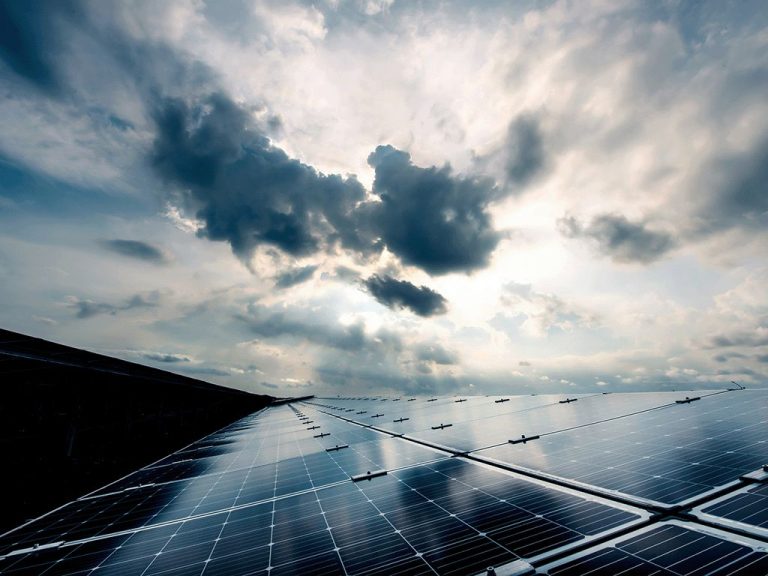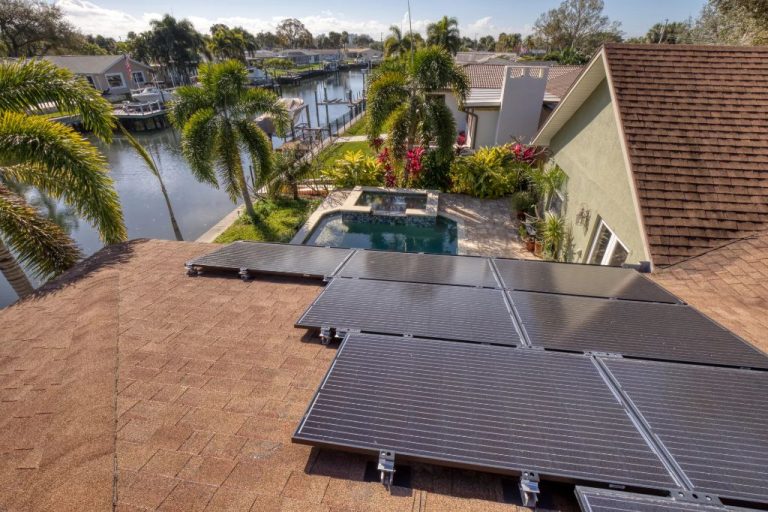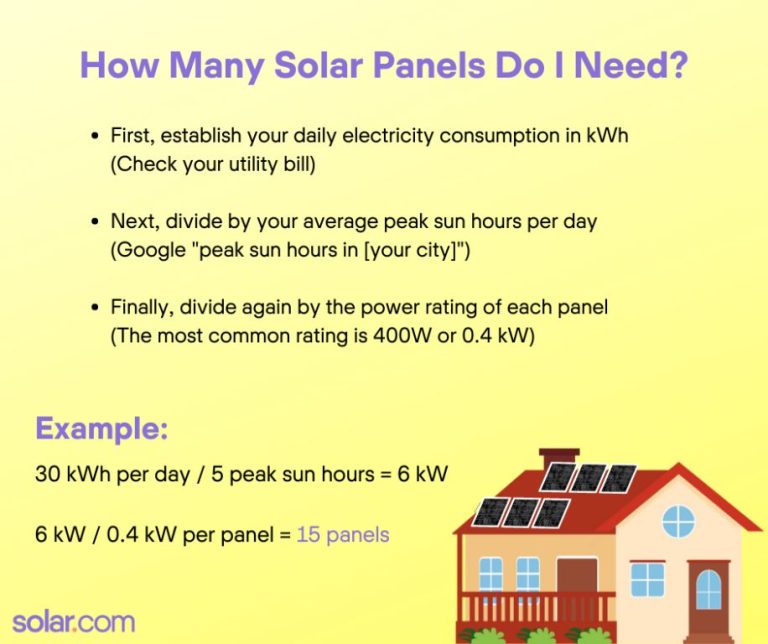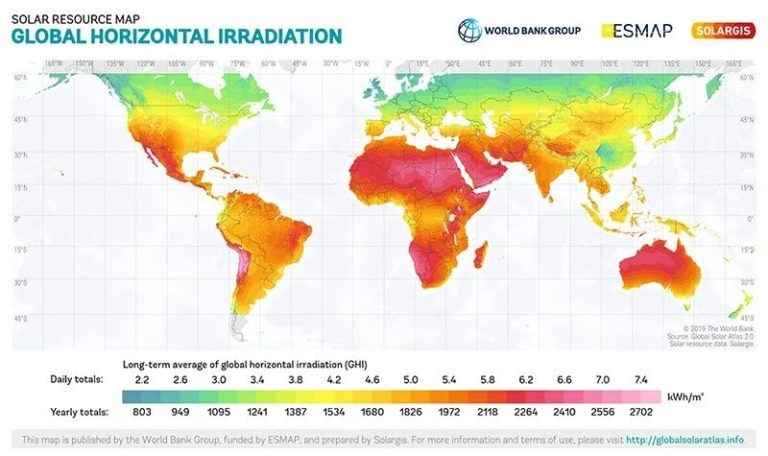Where Is Solar Made From?
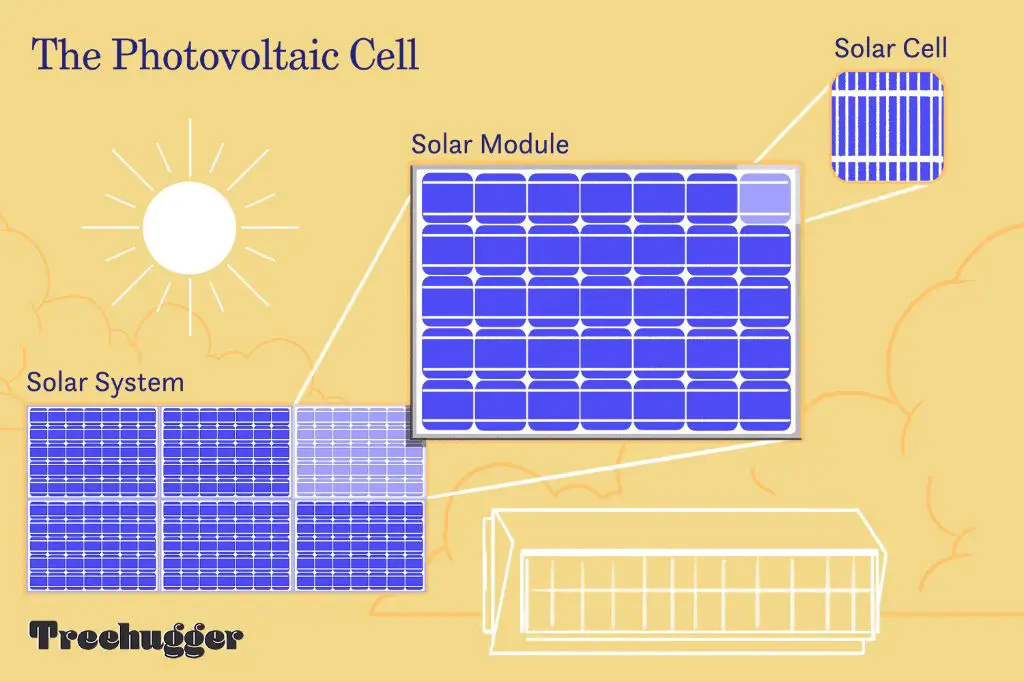
Solar energy provides a renewable and clean source of power by converting sunlight into electricity using solar photovoltaic (PV) panels. Solar panels are made up of many individual solar cells, which are constructed from semiconductor materials that exhibit the photovoltaic effect. When light shines on these materials, electrons are dislodged from their atoms, allowing an electric current to flow. The most common material used in solar cells today is crystalline silicon, however ongoing research and development has produced solar panels utilizing various semiconductor materials including monocrystalline silicon, polycrystalline silicon, amorphous silicon, cadmium telluride, and copper indium gallium selenide. These photovoltaic cells are embedded in panels along with protective glass, aluminum frames, junction boxes, and other components. Together, the photovoltaic cells convert sunlight into direct current electricity. Inverters then convert the DC output into alternating current electricity for everyday use and to connect to the electrical grid. In this article, we will take an in-depth look at the materials, manufacturing processes and components that make up modern solar panels.
Silicon
Silicon is the key material used in the manufacture of most solar panels. It is a semiconductor, meaning it conducts electricity better than an insulator but not as well as a conductor. Silicon is well-suited for capturing sunlight and converting it into electricity due to its unique properties (source).
Silicon has an ideal bandgap of 1.1 eV, which allows it to absorb photons from the visible light portion of the solar spectrum. Photons with energy above the bandgap can excite electrons in the silicon atoms to jump to a higher energy state, creating electron-hole pairs. The built-in electric field of the PV cell separates these pairs, enabling a current to flow when the cell is connected to a load.
Silicon also has an indirect bandgap, which means that excited electrons cannot immediately fall back down to their original energy state. This increases the probability that electron-hole pairs will be separated rather than recombine. Additionally, silicon has a relatively low absorption coefficient, allowing sunlight to penetrate deeper into the material and generate more charge carriers.
Furthermore, silicon is abundant in nature, non-toxic, and stable, making it suitable for long-term use in solar panels. With the right manufacturing processes, ultra-pure silicon with minimal defects can be produced for highly efficient PV cells.
Purifying Silicon
The silicon used in solar panels needs to be extremely pure, known as solar grade silicon. Raw silicon is mined from quartzite gravel and refined through a series of chemical processes to reach the necessary purity.
Silicon purification begins by crushing mined quartzite into a fine powder. This powder is combined with carbon and heated to produce metallurgical grade silicon, which is about 98% pure. Further refining removes boron and phosphorous impurities, using hydrochloric acid leaching and fractional distillation. The resulting semiconductor grade silicon is 99.999999% pure.
Additional processes are used to remove specific impurities like iron, aluminum, and carbon to reach solar grade purity above 99.9999999%. This involves reactions with hydrogen chloride gas, ultrasonic cleaning, directional solidification, and complex chemical treatments. The purified silicon is then grown into monocrystalline cylindrical ingots ready for wafer slicing.
Achieving the necessary purity levels to convert silicon into an effective solar cell material is an intricate, multi-step chemical process. Each stage aims to remove specific impurities until only silicon remains in a defect-free crystalline structure optimized for photovoltaic energy conversion.
Other Semiconductors
While silicon is the most common semiconductor used in solar panels, there are some other materials that are also used, especially for high-efficiency panels. One such material is gallium arsenide (GaAs). GaAs has a higher rate of photon absorption compared to silicon, so it is more efficient at converting sunlight into electricity. However, GaAs is also much more expensive to produce than silicon.
Some key differences between the properties of silicon and GaAs:
- Bandgap – GaAs has a bandgap of 1.42 eV compared to 1.12 eV for silicon. The higher bandgap allows GaAs to absorb photons from a wider range of the solar spectrum.
- Electron mobility – Electrons have higher mobility in GaAs, which means they can move faster through the material. This results in less energy being lost as heat.
- Temperature stability – GaAs retains its properties better than silicon at higher temperatures. This allows solar cells made from GaAs to operate more efficiently in hot climates.
While the high cost of GaAs production means it is unlikely to replace silicon broadly, GaAs solar cells occupy an important niche role in applications like satellites where efficiency is paramount. Research continues on developing new semiconducting materials that can approach the efficiency of GaAs while remaining cost effective at scale.
(Information from: https://electrek.co/2022/12/21/new-solar-cell-efficiency-world-record/)
Glass
The glass used in solar panels is specially formulated for optimal light transmission to enhance efficiency. According to a technical report from My University, solar panel glass has properties that allow over 90% of visible light to pass through while blocking infrared light (Electrical Solar Panel Moisture Detector & Heater, 2021). This extra transparency compared to normal glass helps protect the solar cells while maximizing the amount of sunlight reaching them.
Solar glass sheets are made of ultra-clear, low iron glass that appears blue or green tinted. Removing iron impurities during the glass manufacturing process results in better light transmission. The glass surface is often textured with an anti-reflective coating for improved light capture. Overall, these specialized glass properties focus on letting in as much visible sunlight as possible so the underlying solar cells can convert it into electricity most efficiently.
Aluminum Frame
Solar panels require sturdy frames to house and protect the inner components. Aluminum is the material of choice for most solar panel frames due to its durability, light weight, corrosion resistance, and electrical conductivity (Why does solar panel use aluminum frame in 2020?, aluminumsolarframe.com).
Aluminum frame panels consist of aluminum alloy extrusions that tightly surround the edges of the solar panel. They provide a rigid backing for the laminated solar cells and glass, while also protecting the edges from damage. The frames allow solar panels to be securely mounted via clamps or bolts without cracking or bending the panel. Anodized aluminum resists rusting and withstands harsh outdoor environments for decades (Very Popular Aluminum Solar Panel Frames, https://www.shenghai-alu.com/article/very-popular-aluminum-solar-panel-frames.106).
Finally, aluminum frames conduct heat and electricity, which improves solar panel performance. By dissipating heat, they prevent solar cells from overheating. The frames also have grooves to hold bypass diodes, which allow electricity to continue flowing even if part of the panel is shaded or damaged.
Junction Box
The junction box is a key component of solar panels that regulates the flow of electricity generated by the cells and connects the panels to external wiring. Usually made of plastic, the junction box is attached to the back of the panel. Inside the junction box are electrical connections, including bypass diodes which allow current to continue flowing even if some cells are shaded or damaged.
Wires from each of the solar cells run into the junction box, connecting the cells together in a series circuit. The junction box combines the power from all the cells into a single output cable. This aggregated electricity then runs through the output cable out of the junction box, where it can be connected to wires running to an inverter, battery bank, or other electrical system. The junction box regulates and optimizes this energy flow.
Junction boxes contain terminals or plugs, allowing the solar panel to cleanly integrate with external wiring. Various cable connectors and conduit fittings may be attached to the junction box, depending on the particular installation. Proper wiring of the junction box is critical for the safe and efficient operation of a solar photovoltaic system. Overall, the junction box serves as the energy control center of the solar panel.
Encapsulant
The encapsulant is the transparent adhesive layer that laminates and bonds together the solar cell and glass layers in a solar panel. The most common encapsulant material used is ethylene-vinyl acetate (EVA). EVA is a copolymer made from ethylene and vinyl acetate monomers that provides an optimum combination of transparency, flexibility, and durability.
During solar panel lamination, the EVA encapsulant is sandwiched between the solar cells and glass. The entire layered assembly is then subjected to heat and pressure, which causes the EVA to soften and bond to the glass and cells. As it cools and hardens, the EVA holds the solar module together in a tight, weatherproof package.
EVA has excellent light transmission properties to allow sunlight to pass through with minimal absorption and reflection. It also provides electrical insulation between the cells and is chemically compatible with the other module materials. The flexibility of EVA accommodates thermal expansion and contraction of the solar cells to prevent cracking and delamination.
Overall, the transparent bonding and adhesive properties of EVA make it the ideal encapsulant material for protecting and holding together the fragile silicon solar cells between sheets of glass or plastic. The durability and weather resistance of EVA is critical for allowing solar modules to withstand decades of outdoor exposure.
Manufacturing Process
Solar panels are assembled in factories on automated production lines. The main steps in the solar panel manufacturing process are:
1. Silicon ingots are sliced into wafers using wire saws or blades. The wafers are usually 6 inches in diameter.
2. The silicon wafers are cleaned and textured to create the proper surface for absorbing sunlight.
3. The wafers are doped with phosphorus and boron to form an electric field for current flow.
4. Anti-reflective coating is applied to the wafers to help absorb more sunlight.
5. Electrodes are screen-printed onto the wafers to collect current.
6. The wafers are assembled into ‘strings’ and laminated between sheets of ethylene-vinyl acetate encapsulant.
7. The laminates are laid out and packaged between a glass sheet and aluminum frame to form a module.
8. Junction boxes and cables are assembled onto the back of the modules.
9. The finished solar panels undergo testing and inspection before being packaged for shipment.
Automation allows solar panel factories to produce thousands of high quality panels per day. The modular manufacturing process also allows flexibility to adjust production as needed.
Conclusion
Solar panels are made from a variety of materials that each serve an important role. Silicon is the semiconductor that absorbs photons and generates electricity. High purity silicon is essential for efficiency. Other semiconductors like gallium arsenide can also be used. Glass provides protection and transparency for the silicon. Aluminum framing provides structure and rigidity. Junction boxes regulate and output the generated electricity. Plastics and polymers encapsulate and seal the panel.
Manufacturing solar panels is a complex multistep process involving purification of raw silicon, crystal growth, wafer sawing, surface texturing, printing electrical circuitry, testing, assembling and installation. Advancements in manufacturing techniques continue to drive down costs and improve efficiency. The essential function of a solar panel to convert sunlight into clean renewable electricity relies on the unique properties of each component material and precision manufacturing.


